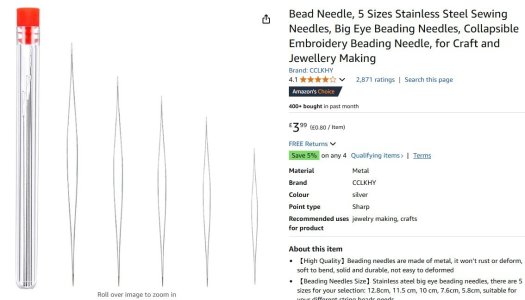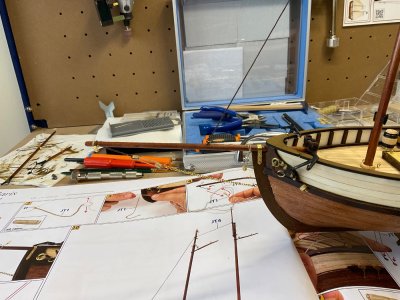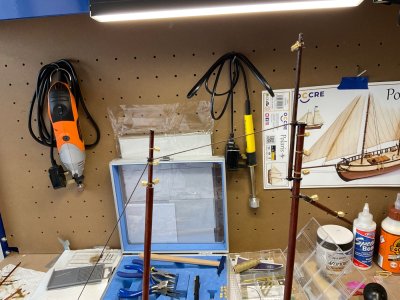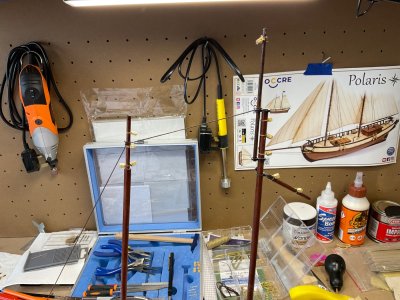- Joined
- Dec 23, 2024
- Messages
- 126
- Points
- 78

Albert Mary, thanks, it means a lot.That's the best solution. It' works perfectly.
Love the fact that you have Prada as your pic. I loved the Americas cup last year, it was brilliant television. The Kiwi’s still have a bit of an advantage unfortunately














